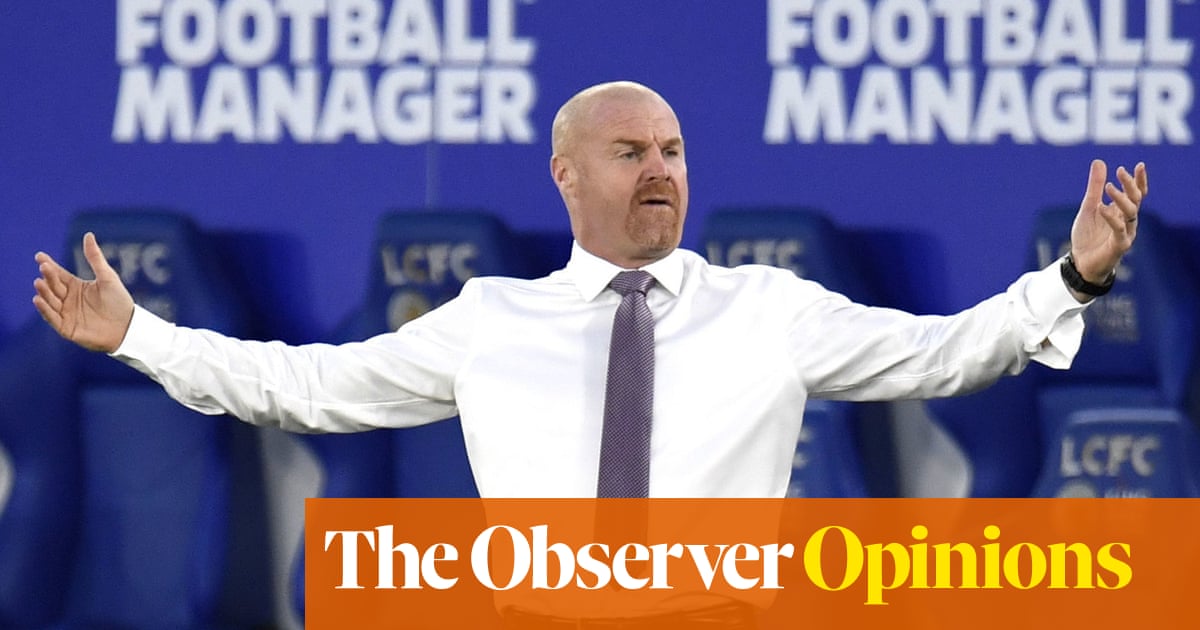
Senior Indian and Pakistani officials came together for two ceremonies last week that marked rare instances of cooperation in a bitter bilateral rivalry. The ceremonies — one in India, one in Pakistan — formally launched the construction of a new corridor, known as the Kartarpur Corridor, stretching across the India-Pakistan border. Once completed, it will allow Sikhs to travel, visa-free, across the frontier to visit temples in both countries.
In recent years, the two countries have struggled mightily to breathe life into a stalemated relationship. Dialogue has lapsed since the Mumbai terror attack of 2008 — a tragedy that marked its 10-year anniversary on the very week that the Kartarpur Corridor was inaugurated.
To be sure, there’s been some modest progress in improving relations, particularly through trade and other low-hanging fruit. But it has been limited. There have also been false starts — such as a planned meeting between the Indian and Pakistani foreign ministers at the UN earlier this year that was abruptly cancelled by New Delhi. And there have also been big scares, including in 2016, when the Indian military carried out a surgical strike along the border that poisoned bilateral relations and nearly put the two countries on a war footing.
There hasn’t been much reason to believe this malaise would end anytime soon — and certainly not with India in full election campaign mode. With polls scheduled for next spring, the country’s Hindu nationalist government gains little politically by extending an olive branch to Pakistan.
And yet there they were; top officials from both countries hobnobbing happily against the backdrop of one of the biggest confidence-building measures in recent years.
There hasn’t been much reason to believe this malaise would end anytime soon — and certainly not with India in full election campaign mode.
Michael Kugelman
There aren’t many similarly heartwarming scenes to recall over the last decade. The most recent one may be Indian Prime Minister Narendra Modi’s surprise visit to Lahore on Christmas Day 2015 to meet with his Pakistani counterpart Nawaz Sharif. Several years earlier, in 2011, Pakistani premier Yousaf Raza Gilani traveled to New Delhi to watch a cricket match alongside his Indian counterpart Manmohan Singh. What made these moments particularly poignant — and many others like them in earlier decades, for that matter — is that, soon after they transpired, bilateral relations would take an ugly tumble.
Coming back to the present, why did the two sides come together at a moment when they are so far apart? One possibility is that each side was motivated by purely humanitarian considerations — a simple shared desire to better enable Sikhs on both sides of the border to worship at their chosen temples.
There are also possible political factors at play. Pakistani Prime Minister Imran Khan enjoys many personal links to India from his cricketing days and he appears to have a genuine desire to strengthen cultural and person-to-person relations. The Kartarpur Corridor is a safe and risk-free means of furthering this goal. Even Pakistan’s powerful military, which calls the shots on India policy and has often resisted conciliatory moves toward New Delhi, was on board. Indeed, Pakistan’s army chief attended last week’s ceremony in Pakistan.
On the Indian side, there may be political advantages that emerge from measures that benefit Sikhs in India. While Sikhs comprise a very small percentage of the country’s overall population, they are overwhelmingly represented in Punjab — the border state where the Indian portion of the Kartarpur Corridor will be based. Punjab hosts a state election in 2019, and the BJP — the party that currently leads India’s central government — lost that election in 2017. In this sense, domestic politics in both countries have, for once, encouraged rather than discouraged bilateral cooperation.
Having said all this, the significance of the Kartarpur Corridor should not be overstated. It is a confidence-building measure, not a prologue to a peace process. It does little to address the core tension points — namely the Kashmir dispute and terrorism — that have long prevented the two sides from holding serious talks.
Additionally, current political dynamics militate against the idea of forward movement in bilateral relations. Pakistani leaders are wary of Modi, who is perceived as a hardliner with deep ties to virulently anti-Muslim organizations, such as the RSS. And the administration in New Delhi is wary of Khan, who is perceived to be too close to a Pakistani army that India believes is wholly opposed to peace.
And yet this gloomy reality check only amplifies the special nature of those ceremonies inaugurating the new corridor. Perhaps there will be similar moments in the coming months, but more likely there will not.
Indeed, those heartwarming scenes could be fleeting and a reminder that, in South Asia and in so many other parts of a volatile and conflicted world, peace and cooperation are so often — too often — elusive. This should make us cherish those relatively rare moments of goodwill and good cheer even more.
Michael Kugelman is deputy director of the Asia Program and senior associate for South Asia at the Woodrow Wilson International Center for Scholars. Twitter: @michaelkugelman
Disclaimer: Views expressed by writers in this section are their own and do not necessarily reflect Arab News" point-of-view












